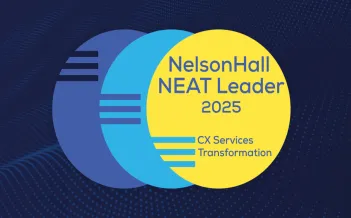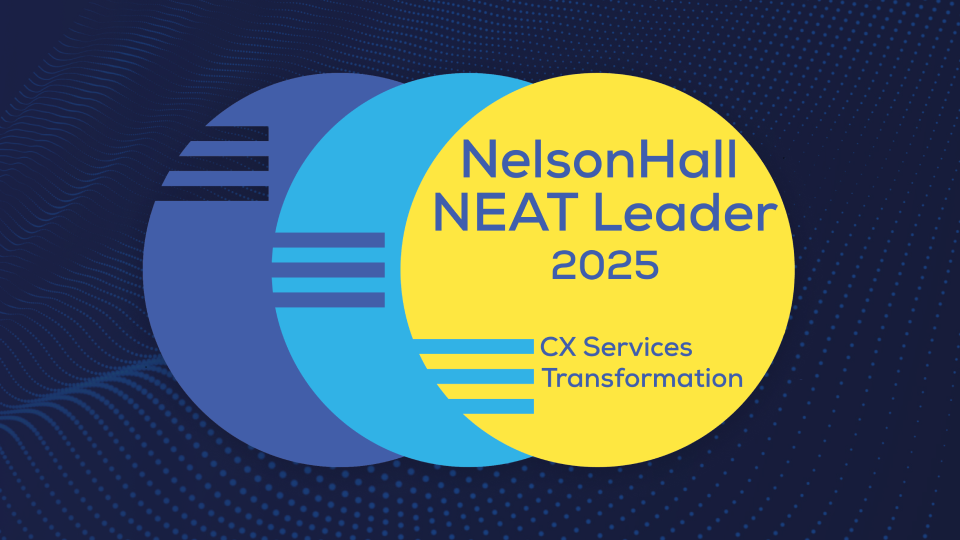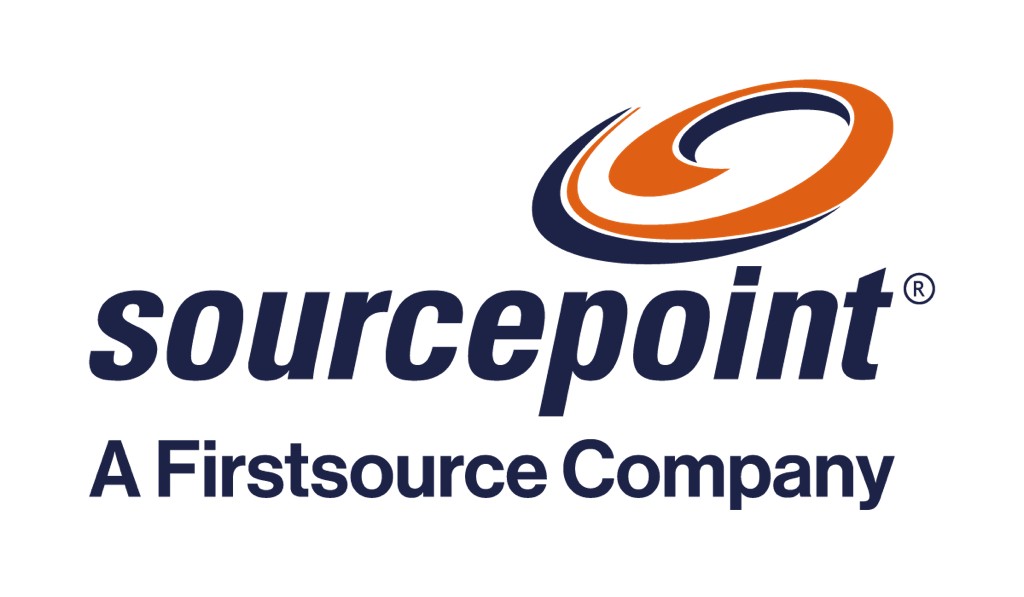What does the future hold for media and publishing? To explore this question, Firstsource recently convened over 10 media CXOs from leading publishing organizations, broadcasters, and digital news outlets for an UnBPO™ roundtable. The candid conversation that unfolded revealed an industry at a crossroads, facing simultaneous disruptions while searching for new models to sustain quality journalism.
An Industry in Double Disruption
The media and publishing sector finds itself navigating its second major upheaval in less than two decades. Having barely absorbed the shift from print to digital, publishers now face the unpredictable impact of artificial intelligence. The conversation reflected a range of perspectives on the road ahead, with leaders acknowledging both the challenges and opportunities this transition presents.
"It almost seems that the media industry is going from one upheaval to another," one participant observed, capturing the complexity of navigating continuous transformation.
The Economics of Quality Journalism
A central theme was the economic reality facing publishers: less than 0.2% of website visitors convert to paying customers. Meanwhile, the cost of producing quality content continues to climb while revenues lag far behind.
This financial pressure is driving creative thinking. Like movie theaters that rely on popcorn and soda sales rather than ticket revenue, media companies are exploring ancillary businesses to cross-subsidize journalism. Examples shared included automotive dealerships, local event hosting, classified listings, and niche services, anything to fund the core mission of quality reporting.
Some publishers expressed a desire for patient capital—family ownership structures that truly care about journalism and are willing to invest despite limited profitability. The question posed: "How do we create adjacent businesses that fund the main mission?"
AI: The Promise and the Peril
Artificial intelligence emerged as a topic of intense debate, revealing a clear split in how publishers approach the technology.
On one hand, there's enthusiastic adoption of AI for operational efficiency—summarization, transcription, social listening, analytics, and customer messaging. Publishers see clear opportunities to reduce back-office costs and reinvest savings into journalism.
On the other hand, AI-generated content remains strictly off-limits for most organizations. Leaders expressed concerns about accuracy and brand reputation, with one noting that AI can produce unreliable outputs. Several participants shared experiences that reinforced the principle that ultimate responsibility for content accuracy must remain with publishers and their editorial teams.
Additional considerations exist beyond editorial concerns. Some organizations navigate union agreements and other organizational factors that shape how and where AI can be implemented, highlighting the importance of balancing innovation with workforce considerations.
Community as the New Competitive Moat
Technology Integration Depth
The roundtable revealed a fundamental shift in strategy: from "content is king" to "community is gold."
One publishing executive captured this evolution perfectly: "While we have always focused on creating content, the real value is in building a community with our customers."
Success stories centered on hyperlocal approaches. Several regional publishers discussed the advantage of focusing on specific communities with local content and stories, contrasting with broader national approaches. Publishers that have doubled down on community engagement and local events reported increased readership and deeper audience loyalty.
The comparison to the music industry resonated strongly. An intriguing question emerged: "How do we replicate the financial success of Taylor Swift?" Just as live events have become crucial for musicians, media outlets are exploring how events and engagement can drive loyalty and revenue.
The Platform Dilemma
Publishers face an ongoing strategic tension: should they drive audiences to their owned platforms or meet consumers where they already are—on social media and aggregators?
This isn't merely a distribution question. It strikes at fundamental issues of control, monetization, brand identity, and direct audience relationships. The debate reflects the broader challenge of maintaining distinctiveness in an era of increasingly commoditized content.
The Quality Question
An important discussion emerged around content quality and audience expectations. As production costs face downward pressure and AI tools become more prevalent, publishers are carefully considering how to maintain quality standards while adapting to changing market dynamics.
The conversation also touched on evolving consumption patterns. As consumers spend more time with AI assistants and shorter-form content, questions arise about the future of long-form, in-depth journalism and how to sustain audience engagement with comprehensive reporting.
Balancing Innovation and Sustainability
A recurring theme was the challenge of balancing immediate operational needs with longer-term strategic planning. Industry-wide pressures make it difficult to invest in experimental initiatives or "skunk works" projects, even as leaders recognize the need for innovation.
This tension between short-term sustainability and long-term transformation reflects the broader reality facing many industries in periods of disruption, not just media.
Glimmers of Hope
The conversation wasn't without optimism. Some participants expressed hope for a "slow media" revival—similar to the resurgence of vinyl records in music. There's recognition that a meaningful segment of consumers values high-quality, trustworthy journalism and is willing to pay for it.
The challenge is scaling these models sufficiently to sustain the industry, but the examples of success suggest viable paths forward for organizations willing to adapt.
Looking Ahead
The roundtable concluded with an agreement to continue the conversation. The willingness to engage, share challenges openly, and learn from one another demonstrates an industry actively working to shape its future rather than simply reacting to change.
The shift from content creation to community building, the thoughtful navigation of AI opportunities and risks, and the experimentation with new business models all point to an industry in transformation. Leaders are asking hard questions and testing new approaches.
What's clear is that the future of media will belong to organizations willing to experiment, prioritize trust and service, and build authentic connections with their audiences. The old models are evolving; new ones are emerging.
The UnBPO™ Conversations event series brings together industry leaders to discuss challenges and opportunities in an intimate, collaborative format. Participants appreciated the candid discussion format and expressed interest in continuing these conversations.










